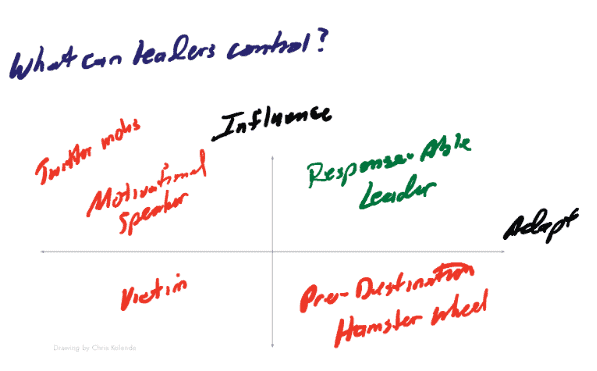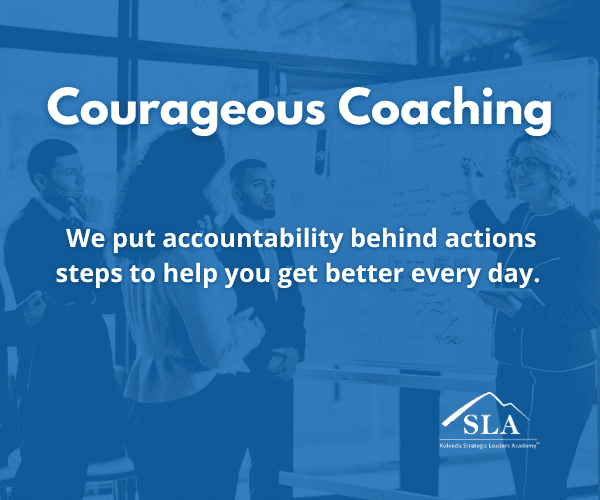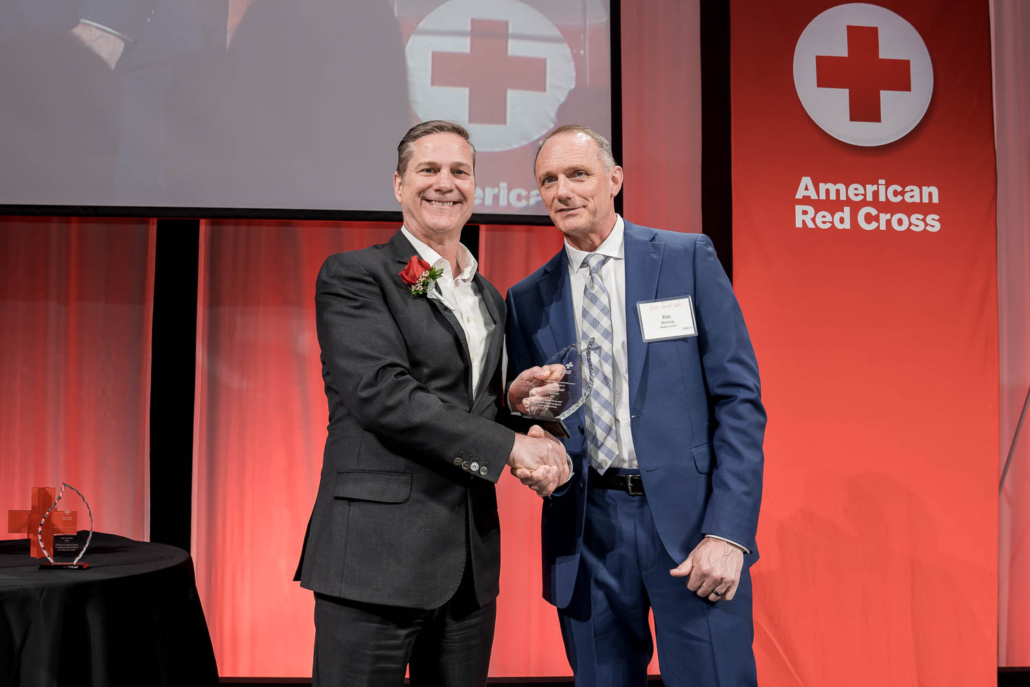What CEOs are getting wrong about office work
CEOs are struggling with their return-to-office policies. Employees “who are least engaged,” WeWork CEO Sandeep Mathrani told The Wall Street Journal, “are very comfortable working from home.”
Cathy Merrill, the chief executive of Washingtonian Media, wrote an op-ed in the Washington Post warning employees about the risks of not returning to the office. “The hardest people to let go are the ones you know.” Her employees staged a work stoppage.
A friend who works in the high-tech industry stated that their company will use a 75-25 rule: employees need to spend 75 percent of their time in the office and work from anywhere for the remainder.
Leaders can do better than use proximity to make judgments about value, issue veiled threats, and devise arbitrary rules that will waste time and energy in monitoring.
Here’s a more productive way.
Plenty of jobs are done mostly in isolation, such as research-oriented work. Other jobs, like manufacturing, need to be performed in person.
Companies also have roles in which employees perform recurring tasks: assembly-line work, IT monitoring, coordinating activities, etc. You also have roles to handle non-recurring requirements, including innovation, crisis management, and product development.
When you put these variables together in a double-axis chart, you get a better way to organize your return-to-office requirements.
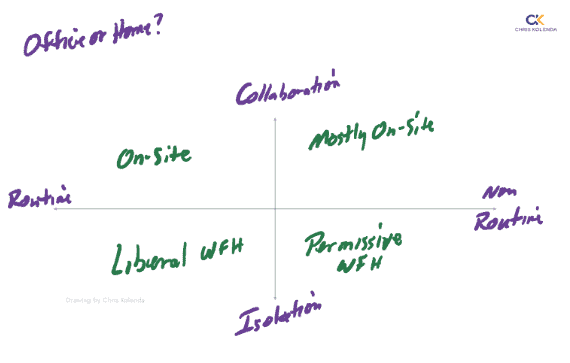
Recurring work employees working in isolation are prime candidates for very liberal work-from-home arrangements. Contract attorneys, paralegals, insurance adjusters, and accountants are potential examples.
Non-recurring work that employees can perform in isolation should have permissive arrangements, too, but less so than the former because the free exchange of ideas improves quality and reduces the risk of science projects taking on their own lives. Many individual contributor roles fit this situation.
By contrast, non-recurring roles requiring substantial collaboration should be performed more at the office than elsewhere. A program manager, for example, should be primarily on-site but can work remotely as needed.
Recurring roles requiring collaboration, like being on a production line, often require the highest in-office frequency.
You can explain the why behind a commonsense method like this, and you’ll boost productivity, retain your top talent, and make intelligent choices about office space.
Is it time to build a new strategy? My 5-D Strategy Process® is simple, thorough, helps you gain buy-in, and costs a fraction of what you pay fancy firms.
Say no to massive, expensive documents that nobody reads and are impossible to implement. Schedule a call with Chris Kolenda to get started.
 Minerva Studio
Minerva Studio Photo by Andrea Piacquadio from Pexels: https://www.pexels.com/photo/man-in-white-shirt-sitting-on-chair-3966781/
Photo by Andrea Piacquadio from Pexels: https://www.pexels.com/photo/man-in-white-shirt-sitting-on-chair-3966781/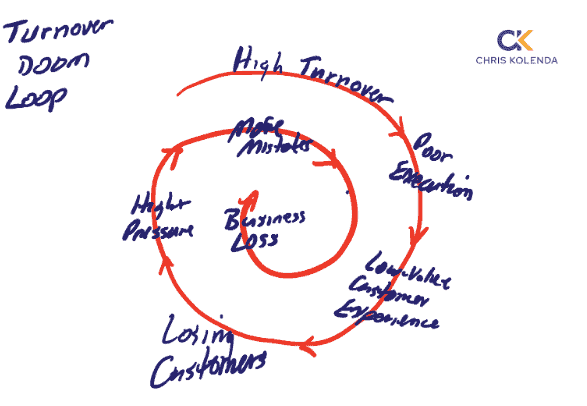
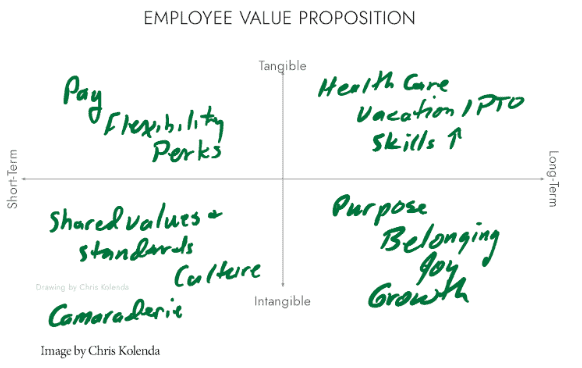
 https://www.pexels.com/photo/crop-unrecognizable-female-psychologist-and-patient-discussing-mental-problems-during-session-7176319/
https://www.pexels.com/photo/crop-unrecognizable-female-psychologist-and-patient-discussing-mental-problems-during-session-7176319/ Photo by fauxels: https://www.pexels.com/photo/photo-of-people-near-wooden-table-3184418/
Photo by fauxels: https://www.pexels.com/photo/photo-of-people-near-wooden-table-3184418/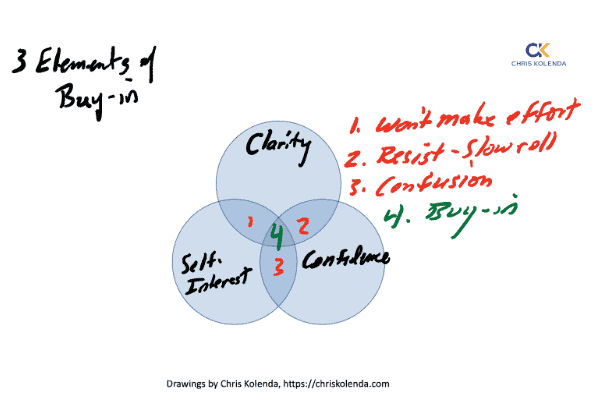
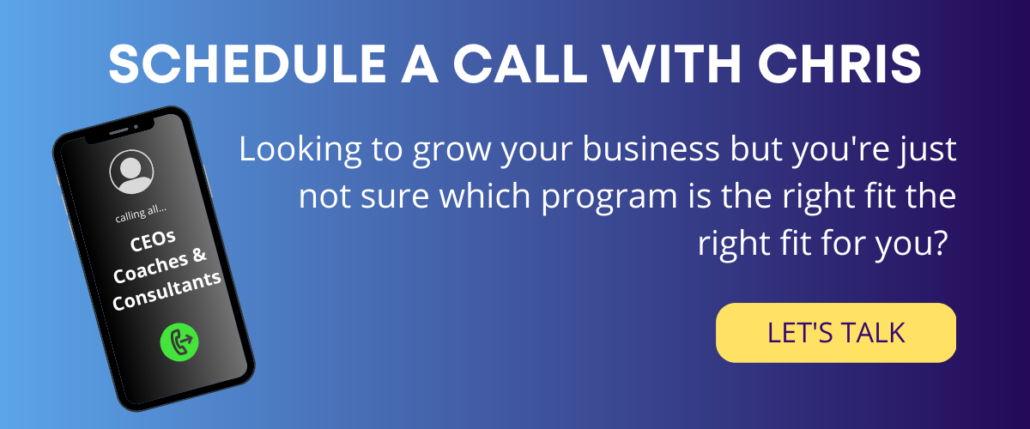
 Troubled Business Persons. Getty Images.
Troubled Business Persons. Getty Images. 
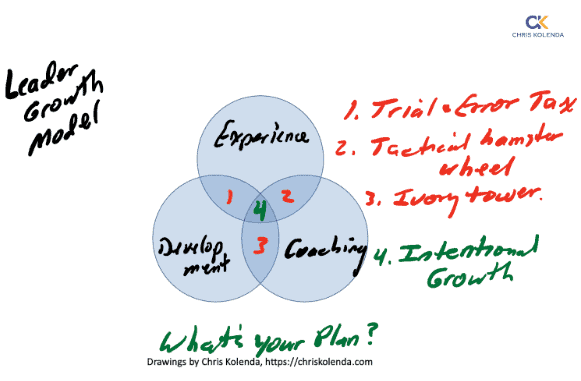

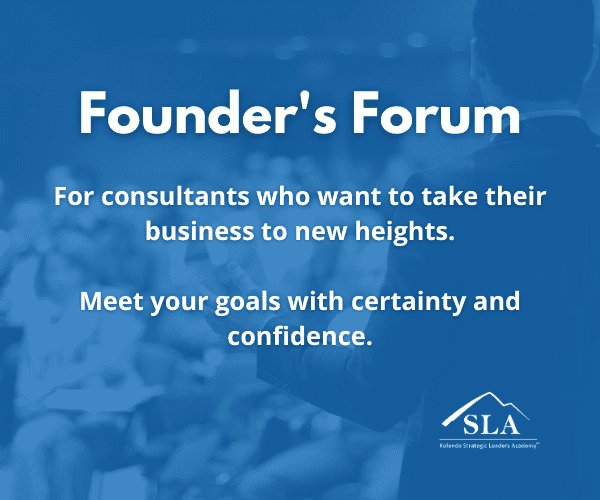
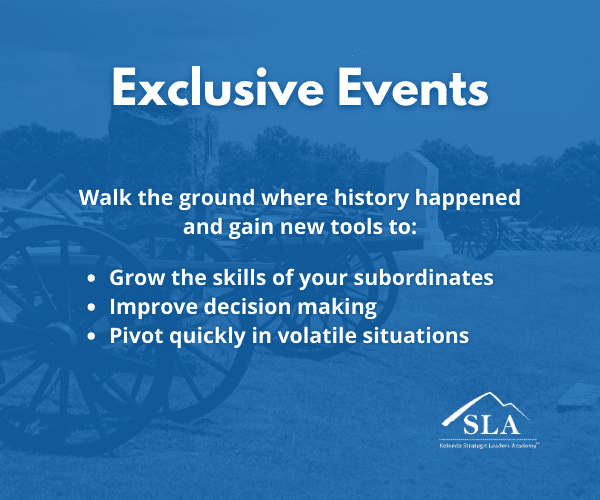
 Photo by Pixabay: https://www.pexels.com/photo/soldiers-in-line-to-get-in-a-plane-54098/
Photo by Pixabay: https://www.pexels.com/photo/soldiers-in-line-to-get-in-a-plane-54098/
